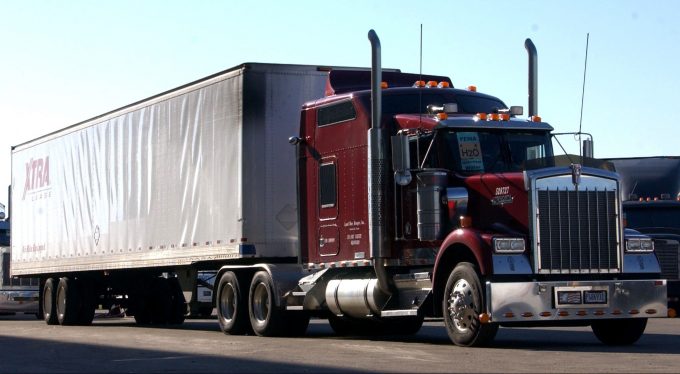Truckers face a serious threat as large shippers develop networks
Amazon and Walmart are poised to disrupt the trucking industry, and more large shippers may ...

DHL eCommerce has mounted an aggressive recruitment drive in the US in anticipation of heavy traffic in the peak season.
It wants to hire more than 2,800 people to boost the labour pool in its 19 distribution centres across the country.
It will mean a 68.5% increase in its workforce and offers temporary and permanent positions, with an equal mix of full- and part-time jobs, with health benefits and tuition reimbursement to make employment more attractive.
It remains to be seen if these benefits ...
Amazon pushes into LTL for small package fulfilment and UPS does a u-turn
New senior management for DSV as it readies for DB Schenker takeover
Volumes set to 'fall off a cliff' as US firms hit the brakes on sourcing and bookings
Asian exporters scramble for ships and boxes to beat 90-day tariff pause
Temporary tariff relief brings on early transpacific peak season
'Tariff madness' will prompt renegotiation of ocean shipping contracts
Response to tariffs by Chinese importers may see extra costs for US shippers
Forwarders 'allowing the fox into the chicken run' by supporting 'hungry' carriers

Comment on this article